Preventing weeds in a raised garden bed is essential for maintaining a healthy and productive garden space. One effective method is to start by preparing the raised bed properly, including using quality soil and mulch. Regularly inspecting and removing any weeds that do appear is crucial to prevent them from spreading. Utilizing barriers like landscape fabric or cardboard can also help inhibit weed growth. By keeping weeds at bay in a raised garden bed, you not only create a more aesthetically pleasing environment but also promote the optimal growth of your desired plants by reducing competition for nutrients and water.
Identifying Weeds in Your Raised Beds – Get to the Point
Prepare the Raised Garden Bed
Clear the area for the garden bed by removing any weeds and grass. Use a shovel or garden fork to loosen the soil and remove any debris. Make sure the area is level and free of obstructions before proceeding to the next step. This will help create a clean and fertile space for your raised garden bed.
Use Landscape Fabric
- Lay down landscape fabric evenly at the bottom of the raised garden bed.
- Ensure the fabric covers the entire bottom surface without overlapping.
- Secure the fabric in place by tucking the edges under or using landscape fabric pins.
- Proceed to add soil on top of the landscape fabric to prevent weed growth in your garden bed.
Mulch the Surface
- Apply a layer of organic mulch evenly on top of the soil in the raised garden bed.
- Spread the mulch to a thickness of about 2-3 inches to effectively suppress weed growth.
- Ensure that the mulch covers the entire surface of the soil to block sunlight from reaching weed seeds.
Regularly Inspect and Weed
Regularly inspect your raised garden bed for weeds. Pull out any weeds immediately upon spotting them. This will help stop them from spreading and competing with your plants for resources. By staying vigilant and removing weeds promptly, you can maintain a healthy and thriving garden bed.
Plant Dense Crops
Plant your crops densely in the raised garden bed to establish a thick canopy that shades the soil effectively. This shading will inhibit weed growth by limiting sunlight exposure to the soil, thus reducing the chances of weed seeds germinating and thriving. Be sure to space your plants close together, following the recommended planting distances for each crop, to maximize the shading effect and minimize weed competition. Regularly monitor the growth of your plants to ensure that the canopy is developing properly to suppress weed growth effectively.
Practice Crop Rotation
- Rotate your crops each season by planting different types of plants in the same area to disrupt weed growth patterns.
- Alternate between different plant families to prevent specific types of weeds from establishing in the garden bed.
- Plan your crop rotation strategically to minimize weed pressure and maintain soil health throughout the growing seasons.
Avoid Disturbing the Soil
- Avoid deep tilling: Use shallow cultivation methods such as hand weeding or hoeing instead of deep plowing to disturb the soil less.
- Cover bare soil: Mulch with organic materials like straw or wood chips to suppress weed growth and reduce the need for soil disturbance.
- Plant densely: Sow cover crops or plant closely together to outcompete weeds, limiting the need for soil disturbance.
Consider Natural Weed Control Methods
Explore natural weed control methods such as using vinegar solutions or hand weeding to manage weeds in your raised garden bed. For vinegar solutions: Mix equal parts of vinegar and water in a spray bottle and apply directly to the weeds, targeting the base of the plants. For hand weeding: Put on gardening gloves, grasp the base of the weed firmly, and pull gently but firmly to remove the weed from the soil. Remember to pull out the roots to prevent regrowth. Regularly inspect and treat the raised garden bed for weeds to maintain a weed-free environment for your plants.
Effective Weed Prevention Strategies
In conclusion, by implementing proper techniques and strategies such as using landscape fabric, mulching, and regular maintenance, you can effectively prevent weeds in your raised garden bed. This will not only promote the health and growth of your plants but also make gardening more enjoyable and less labor-intensive. Choose to take proactive steps now to enjoy a thriving and weed-free garden in the future.
Gardening Essentials
Weed Control Strategies
Step-by-step Instructions for Building Your Own Raised Garden Bed
- Research and Choose a Design: Look for DIY raised garden bed plans online or in gardening books. Choose a design that suits your space, budget, and gardening needs
- Gather Materials and Tools: Once you have chosen a plan, gather all the necessary materials and tools needed for the project. This may include wood, screws, a saw, drill, and measuring tape
- Build the Raised Garden Bed: Follow the step-by-step instructions in the DIY plan to construct the raised garden bed. Make sure to measure and cut the wood accurately, and assemble the bed securely
- Fill the Bed with Soil: Once the raised garden bed is built, fill it with good quality soil that is suitable for the plants you intend to grow. Consider adding compost or fertilizer to enrich the soil
- Plant Your Garden: After preparing the bed, plant your desired vegetables, flowers, or herbs. Make sure to water and care for your plants regularly to help them thrive in your new raised garden bed
Common Questions About DIY Raised Garden Beds
The ideal height for a raised garden bed can vary depending on the gardener’s needs and preferences. However, a common recommendation is for raised garden beds to be at least 12 inches in height to provide enough depth for plant roots to grow. Some gardeners prefer taller beds, around 18-24 inches, to minimize bending and make tending to the garden more comfortable. Ultimately, the height of a raised garden bed should be chosen based on factors such as the types of plants you want to grow, your physical abilities, and aesthetic considerations.
One way to protect your raised garden bed from pests and animals is by installing physical barriers such as wire mesh or fencing around the bed. This can help prevent animals like rabbits and squirrels from accessing your plants. Additionally, using organic pest control methods such as introducing beneficial insects or using natural repellents can also help keep pests at bay. Regularly inspecting your plants for signs of pest damage and addressing any issues promptly can help protect your raised garden bed from unwanted visitors.
Raised garden beds offer several advantages, including better drainage which can prevent waterlogging of plants’ roots, improved soil quality as you can control the type of soil used, reduced strain on the back and knees as they are higher off the ground, and better pest control as some pests find it harder to access plants in raised beds.
There are no strict rules for the measurements or dimensions of a raised garden bed. However, common recommendations suggest a width of 3-4 feet to allow easy access from both sides for planting and maintenance. The length can vary based on available space and personal preference. As for height, raised garden beds are typically built to be around 6-12 inches tall, but they can be taller if desired. Ultimately, the dimensions can be adjusted to suit your needs and the space available for your raised garden bed.
The best types of soil to use in a raised garden bed are loamy soil, which is a mixture of sand, silt, and clay, as it provides good drainage, moisture retention, and aeration for plant roots. A recommended mix is 40% topsoil, 40% compost, and 20% sand or perlite to create a healthy growing environment for plants in a raised bed.
Yes, raised garden beds can be used for growing both vegetables and flowers. They provide good drainage, prevent soil compaction, and offer better control over the soil quality, which are all beneficial for growing a variety of plants. The elevated design of raised beds also makes it easier for gardeners to access and maintain their plants.
One cost-effective way to build a raised garden bed is to use untreated wood such as cedar or pine. These are often cheaper than pressure-treated lumber and are safe for growing plants. Another option is to repurpose materials like old pallets, bricks, or concrete blocks to construct the raised bed. Additionally, sourcing soil and compost locally or in bulk can help reduce costs compared to buying individual bags. Overall, utilizing recycled or low-cost materials and finding economical soil solutions are key strategies for building a cost-effective raised garden bed.
Yes, there are eco-friendly options for building a raised garden bed. Some sustainable materials you can use include reclaimed wood, untreated cedar, or recycled plastic lumber. Additionally, you can repurpose materials like old pallets or bricks to construct a raised bed. These eco-friendly options help reduce waste and promote sustainability in gardening practices.

Hi there! I’m Vivian Reid, the founder and chief artisan behind Handmade Purity. With a background in art history and an enduring passion for all things handmade, I’ve always been captivated by the beauty and uniqueness of artisanal craftsmanship.

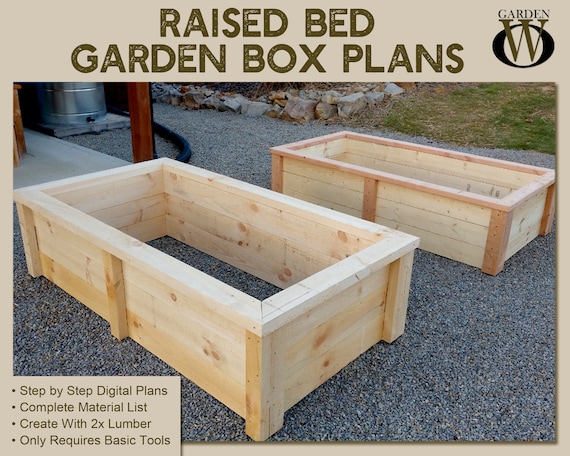
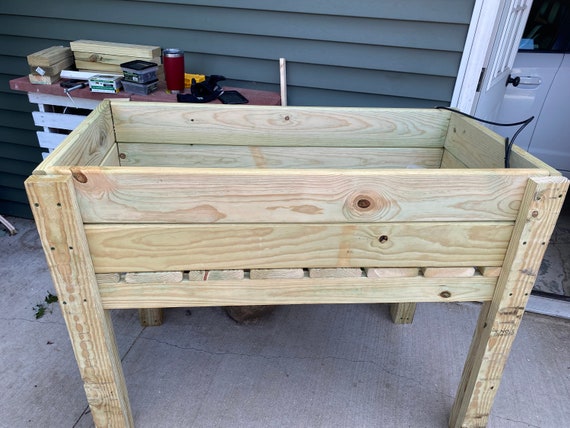
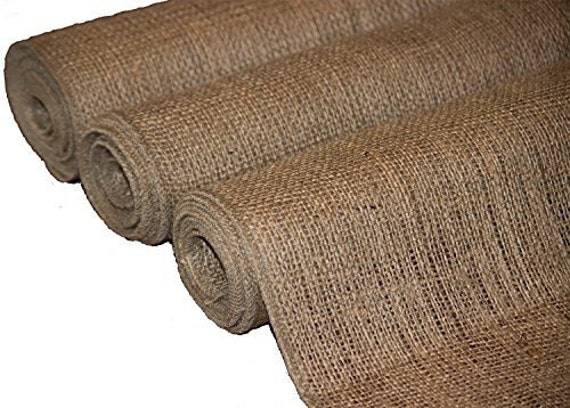
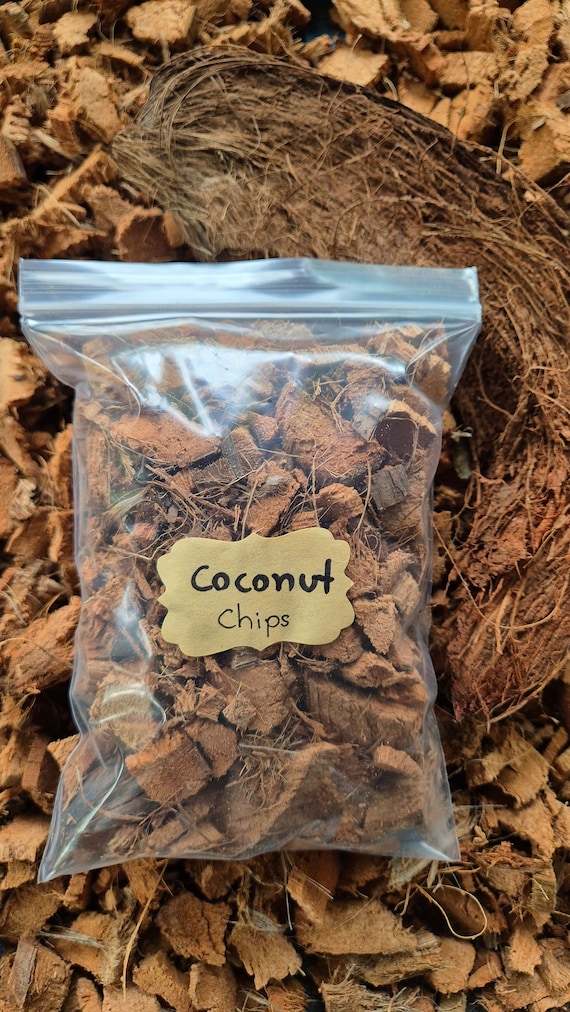
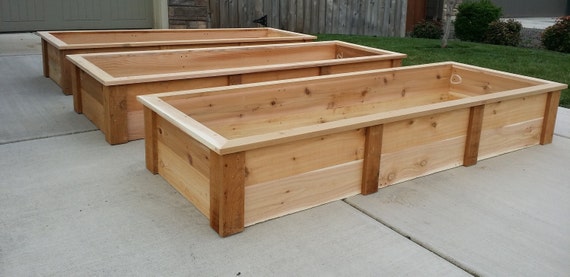
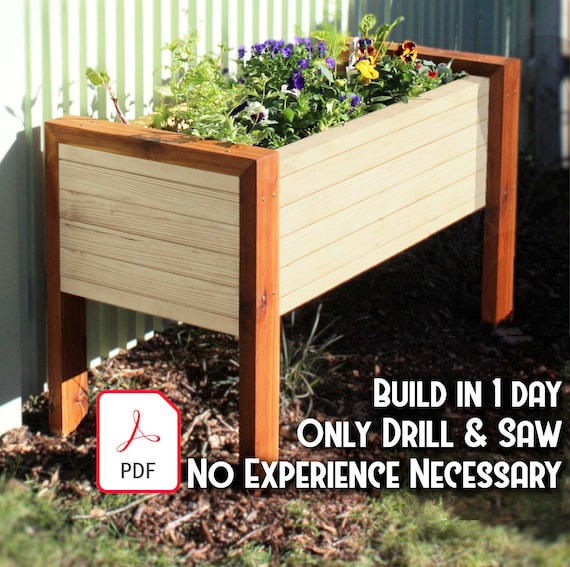



Thank you for sharing your success story! It’s great to hear that you found the guide helpful and that your garden is doing so well. Keep up the good work!
Could you write a guide on how to make natural weed control methods at home? I’m all for using eco-friendly solutions in my garden. Looking forward to more tips and tricks!
These tips are great, but do you have any advanced strategies for preventing weeds in raised garden beds? I’m ready to take my gardening game to the next level!
When it comes to advanced weed prevention, consider using cover crops in the off-season to smother weeds. Additionally, incorporating beneficial insects or using organic herbicides can help tackle persistent weed issues. Experiment with these methods to see what works best for your garden.
I followed these steps in my raised garden bed and I’m thrilled with the results! Using landscape fabric really helped to keep the weeds at bay, and mulching made everything look so neat. My veggies are thriving thanks to the dense planting and crop rotation. Highly recommend these tips!
I tried using landscape fabric in my raised garden bed, but I’m still seeing some weeds popping up. Any suggestions on how to troubleshoot this issue? I want to make sure I’m doing everything right to prevent those pesky weeds!
Sorry to hear about the weeds despite using landscape fabric. Make sure the fabric is properly secured and overlaps are covered. You may also want to check the quality of the fabric. Sometimes, a double layer can be more effective. Keep an eye on it and pull out any weeds that manage to grow through.